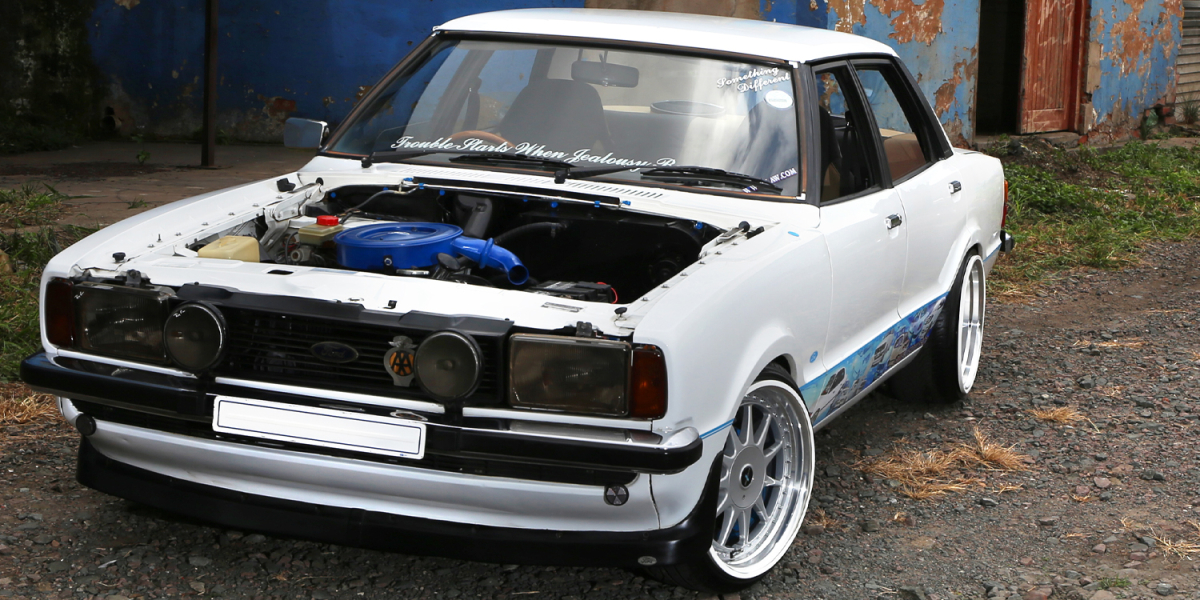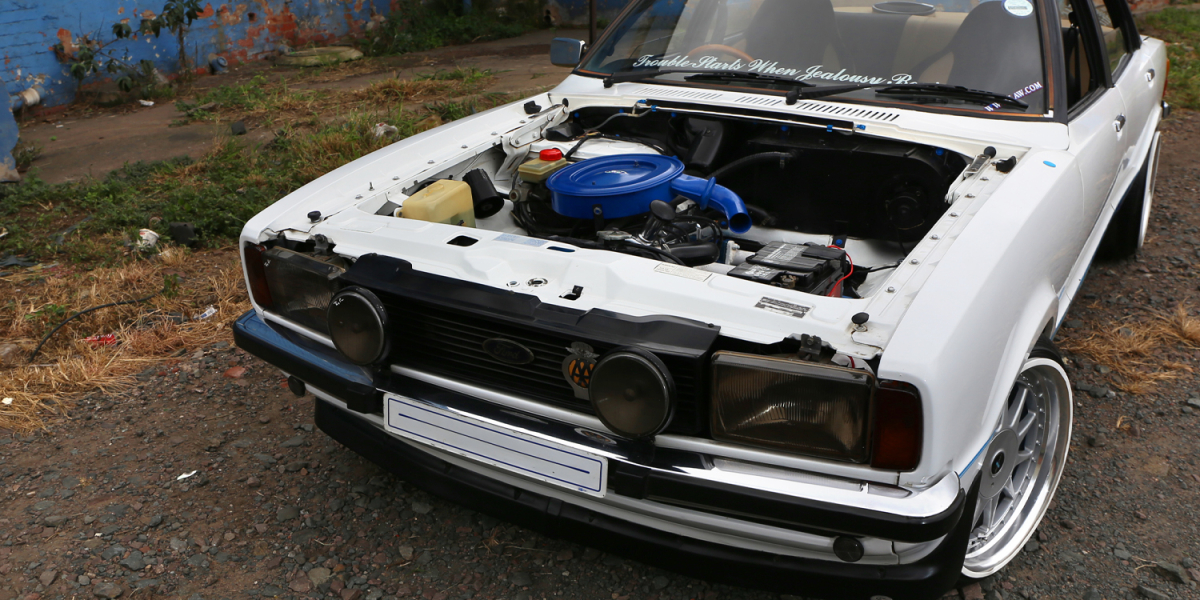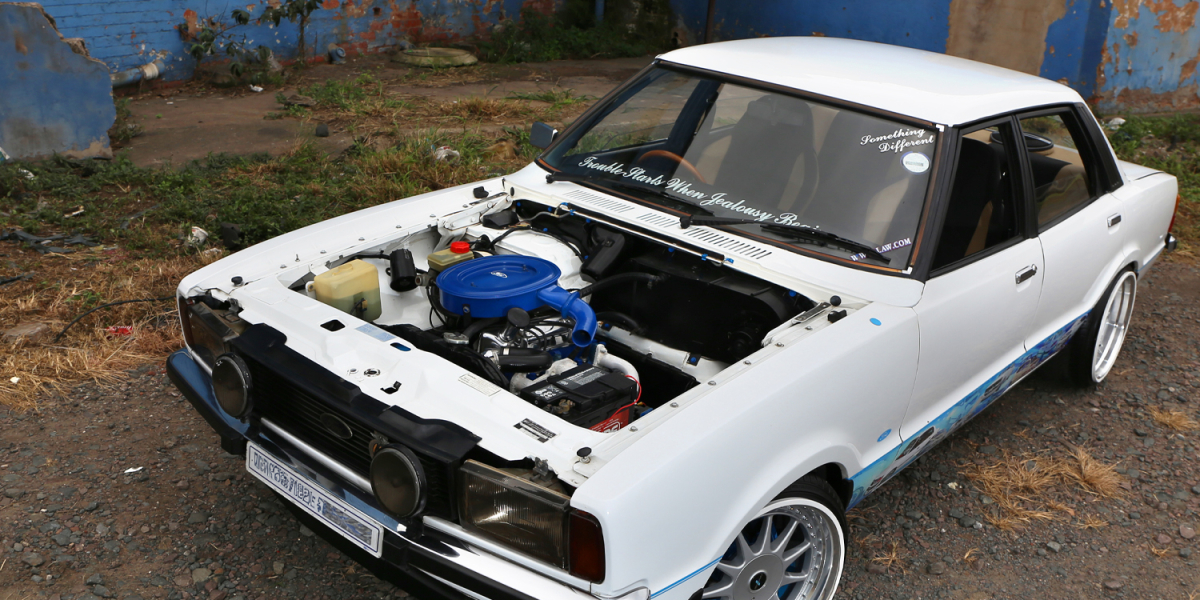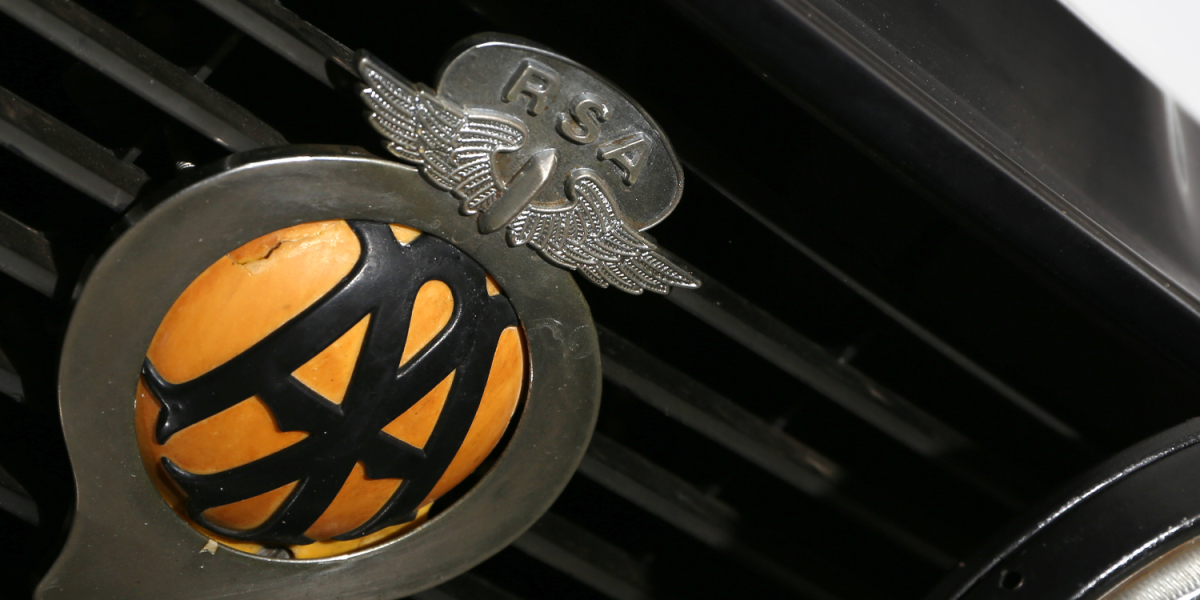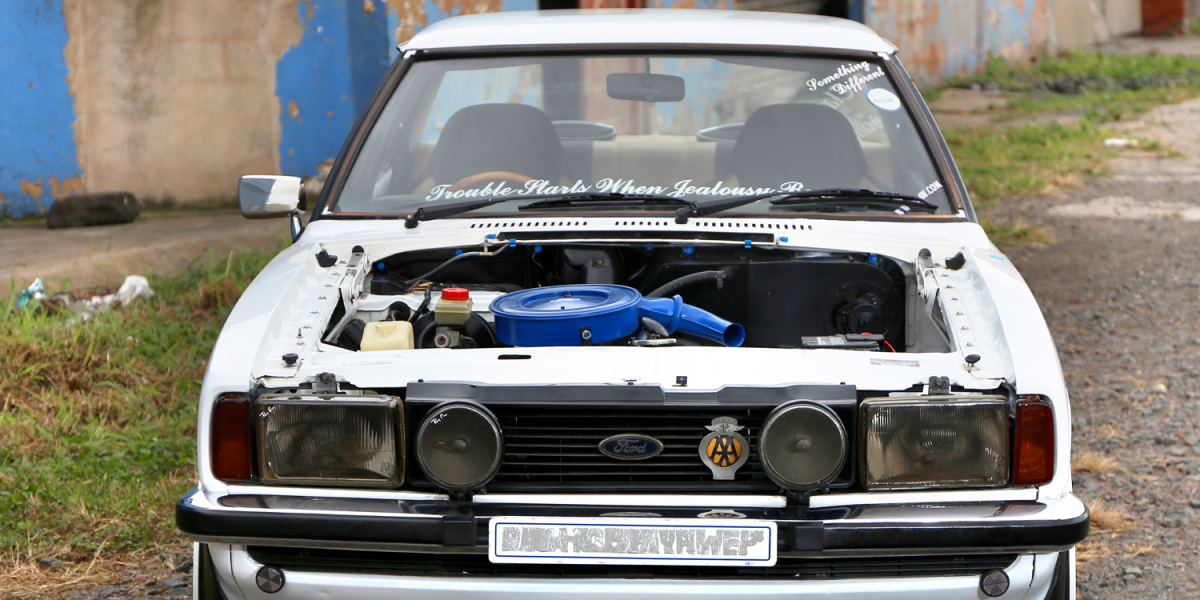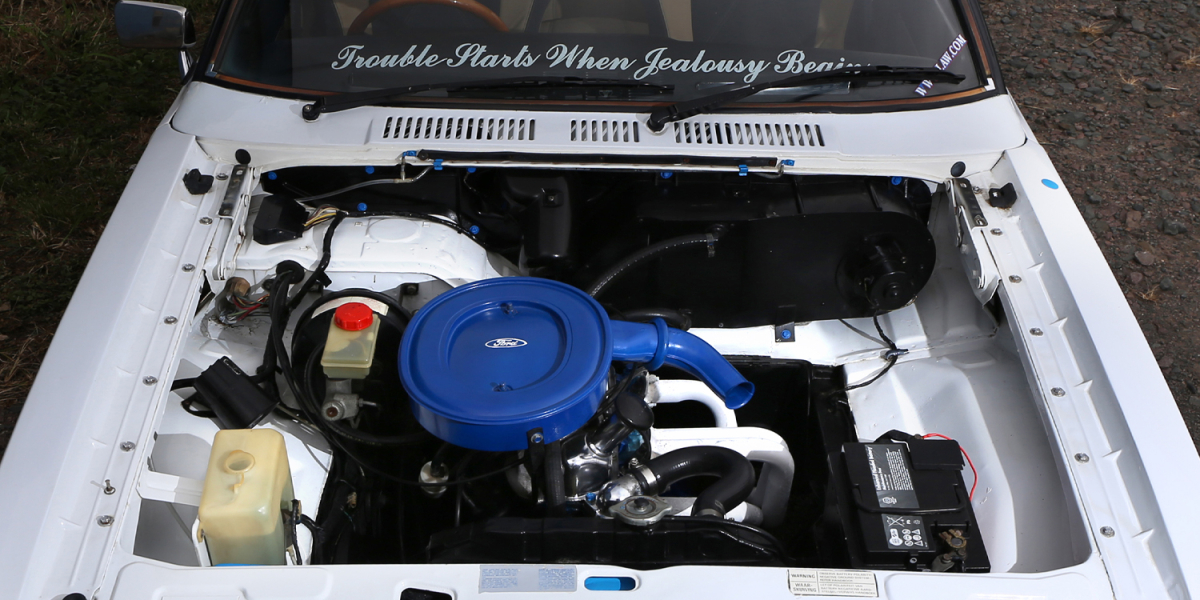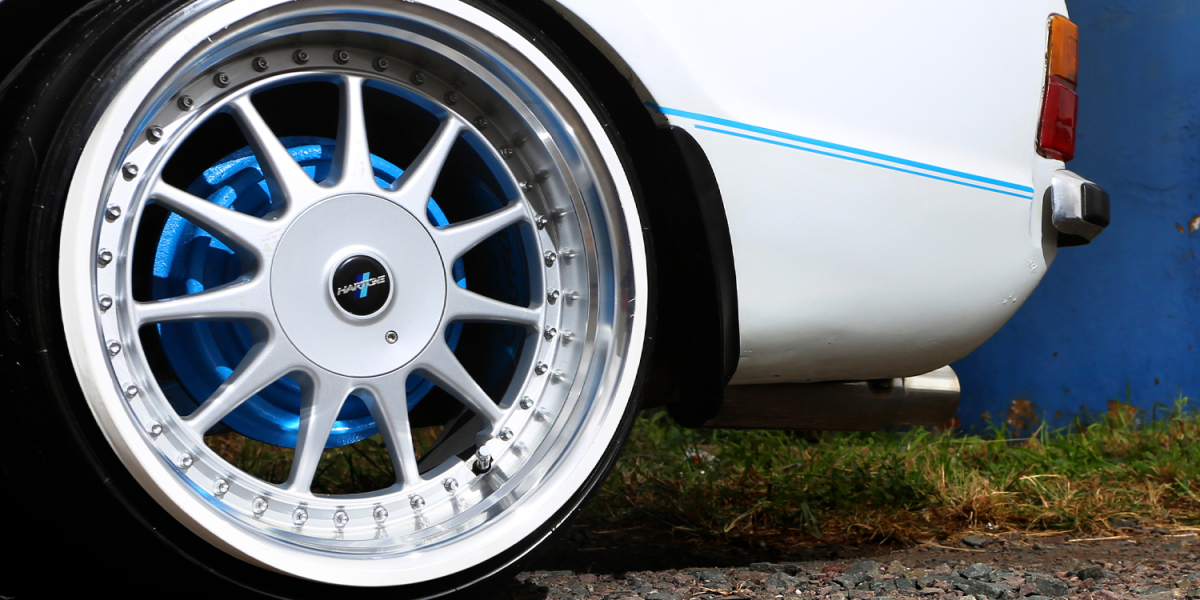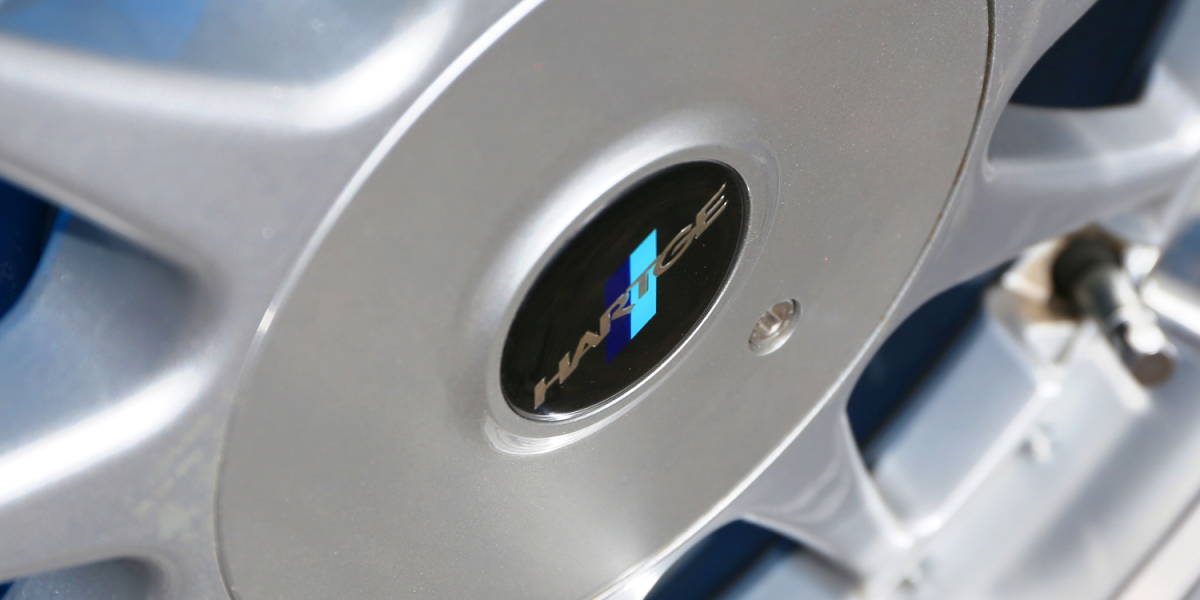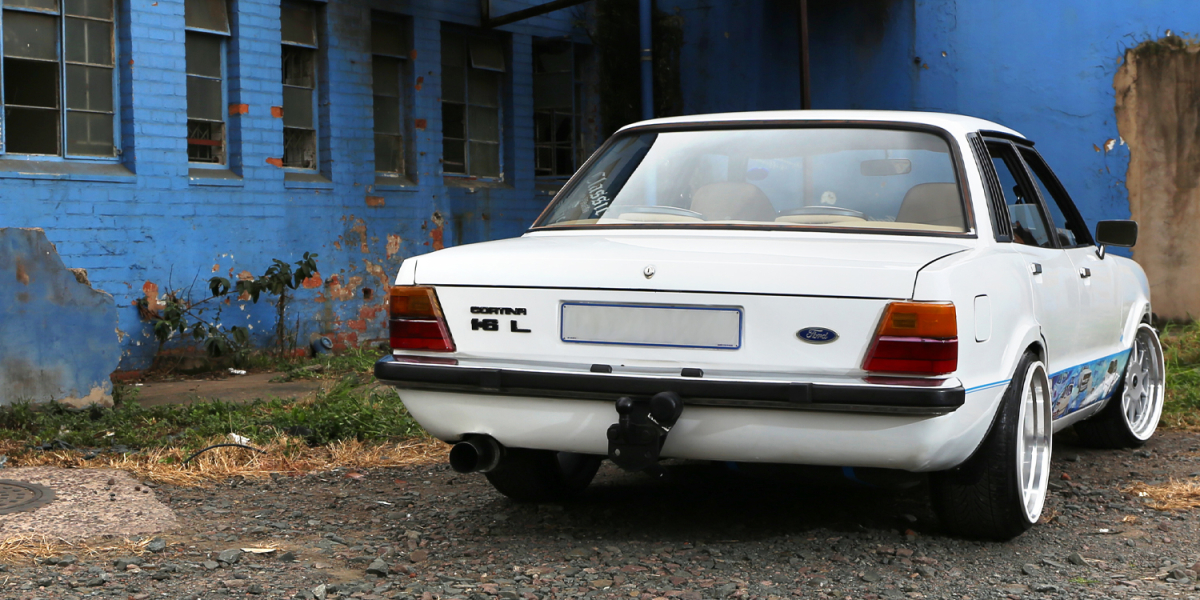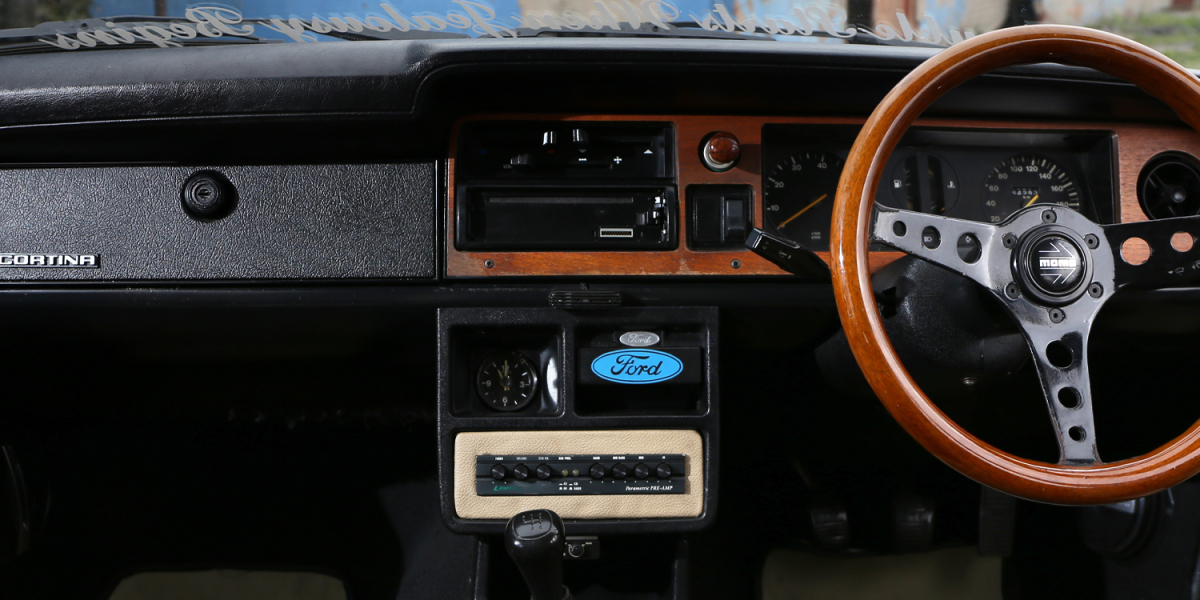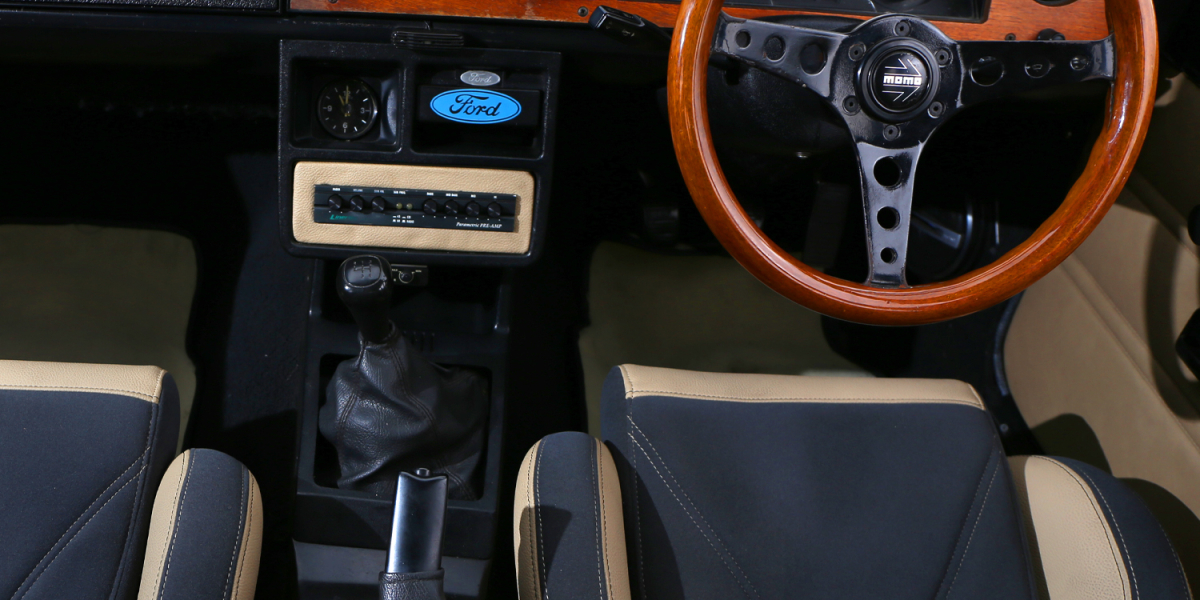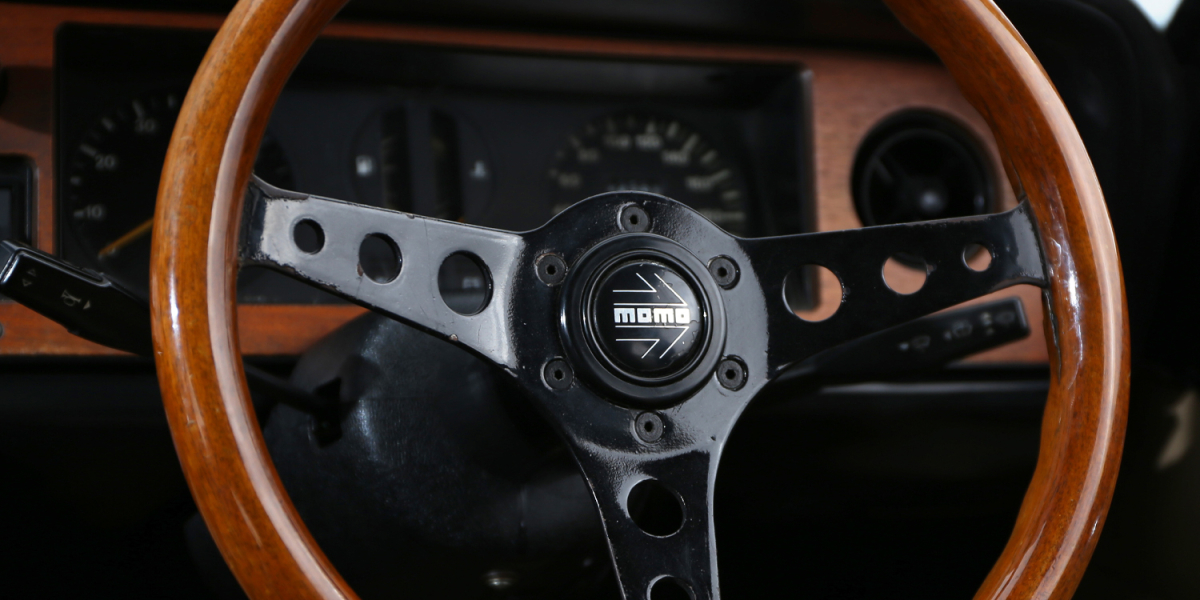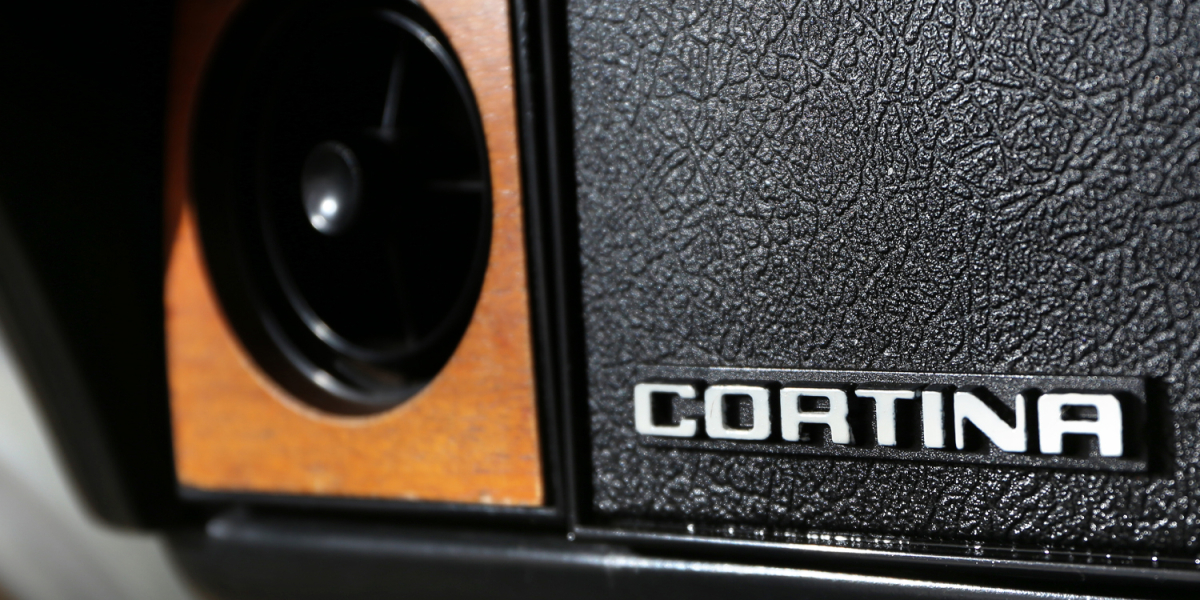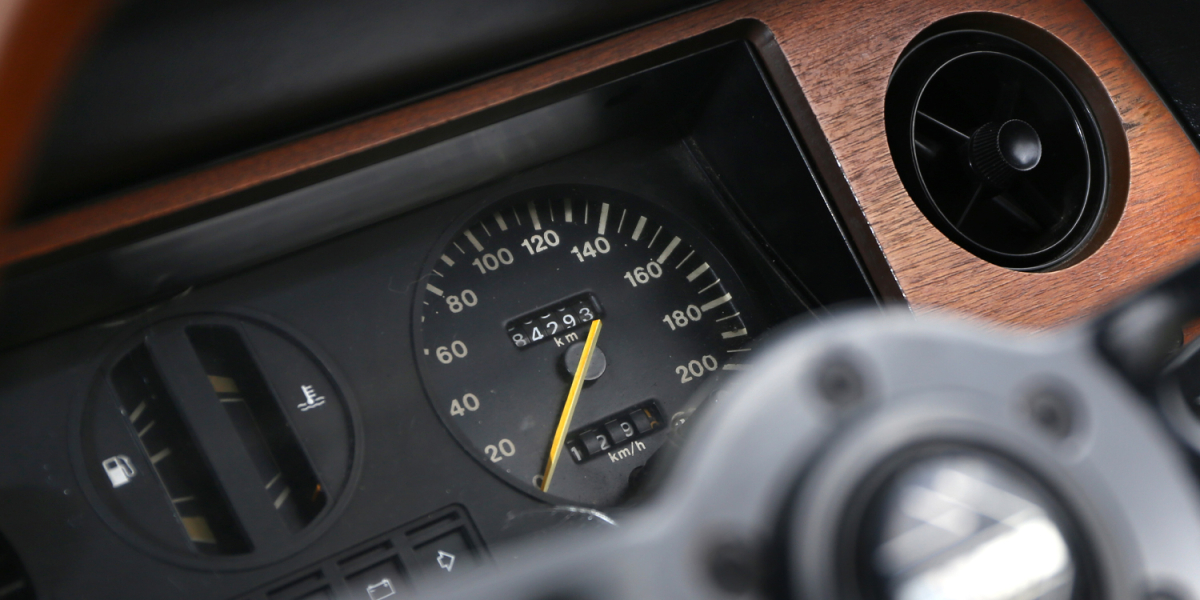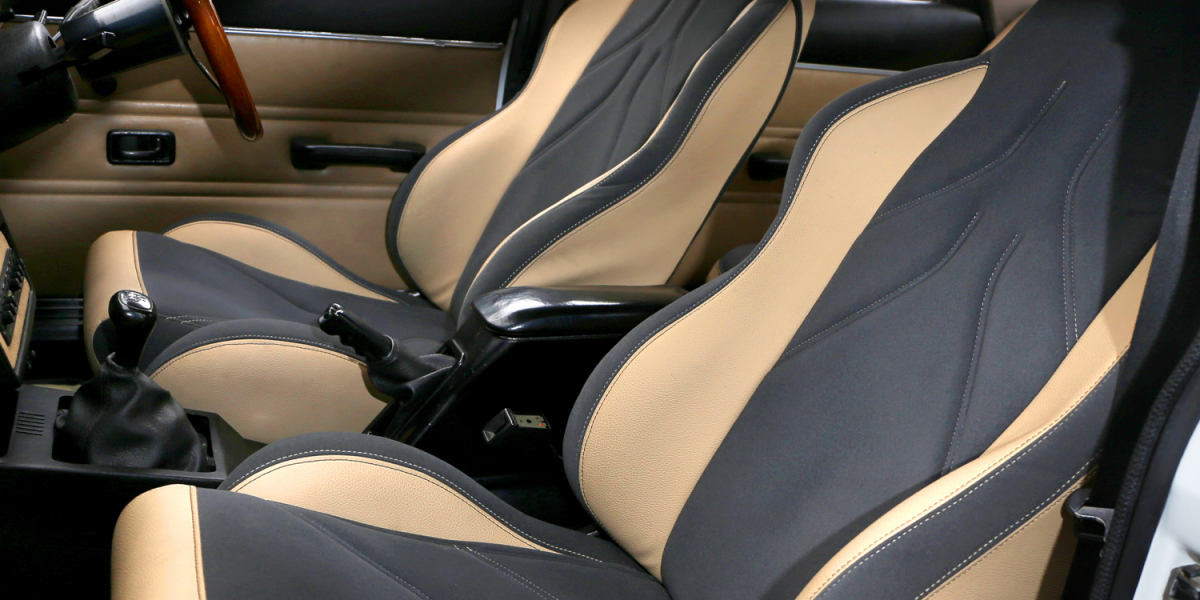1979 Ford Cortina, The Art of Less is More
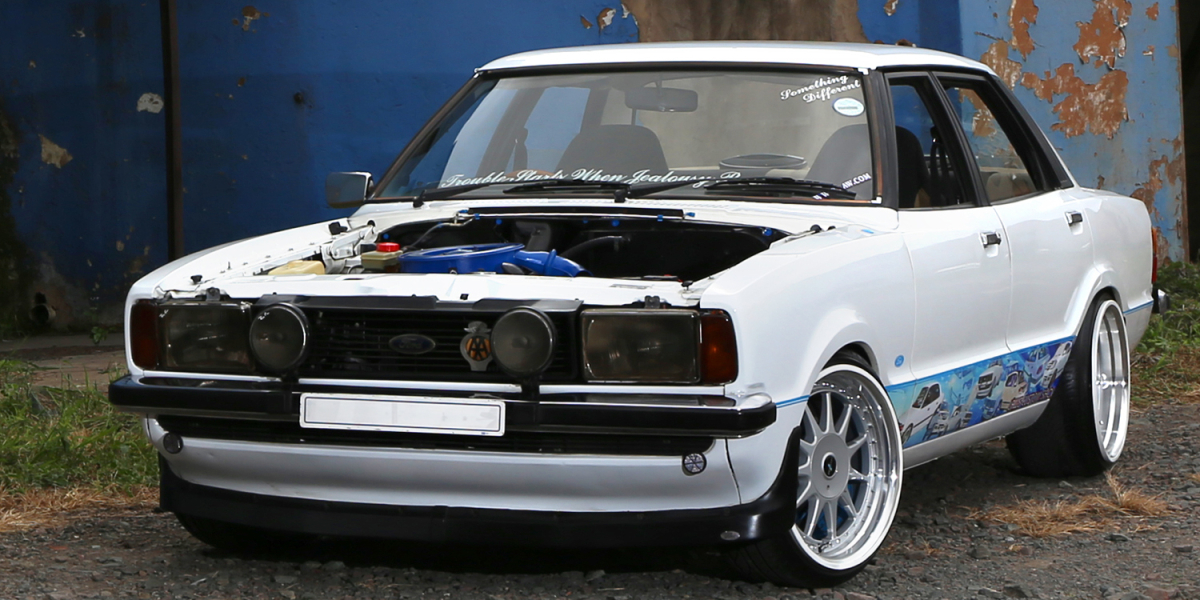
In the world of custom cars, bigger isn't always better. Case in point: Dean Naidoo's 1979 1.6L Ford Cortina. This unassuming gem proves that you don't need a fire-breathing V8 under the hood to turn heads and earn respect on the road.
The Ford Cortina Mk4 and Mk5 from the late '70s and early '80s have rightfully earned their place among Ford's legendary lineup. A best-seller in South Africa and abroad, these affordable mid-sized saloons were the backbone of many households.
Owner: Dean Naidoo
By: Jared Govender
While the Mk5 is often seen as a mere facelift of the Mk4, one model stands out among enthusiasts: the XR6 interceptor. With only 200 units made, it was a homologation special that allowed Ford to compete in production car racing. But today, we're focusing on a different kind of Cortina, one that shines without the need for high horsepower.
Dean could have easily swapped out the 1.6L Kent motor that came with his Cortina, a gift from his father. Instead, he chose to keep the engine that had faithfully served his family for years, seeing it as the heart and soul of the car. The 1600 Crossflow engine, known for its sporty performance and reliability, was the perfect choice for Dean's first car. However, he couldn't resist making a few upgrades.
Out went the tired old carburetor, replaced by a new 38 Weber unit. A full Prima-force exhaust system not only improved performance but also added a touch of style, with the branch painted to match the exterior, which had just been treated to a fresh coat of paint.
Dean understood that the right wheels could make or break the look of his Cortina. After much searching, he found a set of Hartge replicas that were both unique and perfect for the car. However, fitting a 10J rear wheel required custom lowered springs and plenty of late nights spent tweaking the suspension with his friend Kishan.
With the exterior sorted, Dean turned his attention to the interior. Out went the old front seats, replaced by a pair of brace Recaro bucket racing seats. Victor Pillay at Vintage Custom Interiors worked his magic, reupholstering the seats, rear bench, and door cards in tan leather and dark grey suede, giving the interior a Ferrari-inspired look that perfectly complements the exterior.
A wood grain Momo steering wheel was the final touch, adding a touch of elegance to the dashboard. While there may be faster Cortinas out there, Dean's creation is a daily driver that oozes style and reliability without being over the top. This is the epitome of a low and slow street cruiser, a testament to the fact that sometimes, less is more.
The Ford Cortina Mk4 and Mk5 from the late 70's early 80's have firmly cemented a place amongst the greats to emerge from the Ford stable over the decades. Being one of the best-selling cars in South Africa and abroad during its tenure as an affordable mid-sized saloon car.
While the Mk5 incarnation was largely considered as merely a facelift of the Mk4 version, the most popular and sought-after model today is undoubtedly the XR6 interceptor. It was released as a homologation special (only 200 made) to make up numbers so that Ford could compete in production car racing. But that doesn't necessarily mean that we cannot stop for a minute to appreciate some of the other, less powerful models from that range.
Too many people get carried away when customizing their cars. Sometimes the best thing is to enhance what is already there, rather than a complete redesign. This is one of those times. Dean had the option of upgrading to a larger power-plant when he began work on his Cortina, after receiving it as a gift from his dad. But instead, he decided to retain the 1600 Kent motor as he felt this was the beating heart of a faithful family friend that had served them for all those years, never missing a beat.
The 1600 Crossflow engine was well known for its sporty, reliable nature and had the reputation for being pretty much bulletproof if maintained properly. More importantly, they were relatively inexpensive to repair if things went wrong. With the Ford being his first car, Deans choice of keeping the motor was a no-brainer. But, as we all know, stock is for the weak and feeble, so some modifications were a given. A new 38 Weber unit replaced the tired old carb and a full Prima-force exhaust system was installed with the branch even colour coded white to compliment the exterior that had also just received fresh paint.
Dean knew that the right wheel would either make or break the look he was after, so he bided his time in finding something unique and perfect. Eventually, he located a set of Hartge replicas in the correct PCD and wasted no time in purchasing it. But making a 10J rear wheel fit with custom lowered springs he installed involved quite a lot of work and Dean, along with his friend Kishan, spent many late nights making sure that the stance of the Cortina was on point.
With everything else sorted, Dean turned his focus onto the interior of the Ford. The old front perches were a bit long in the tooth, so they were chucked in favour of a brace Recaro bucket racing seats. Victor Pillay at Vintage Custom Interiors reupholstered the new seats along with the old rear bench and door cards in tan leather and dark grey suede in a Ferrari-inspired design that adds a touch of new school to the interior but doesn't look out of place.
The final addition was a wood grain Momo steering wheel that brings out the dashboard inserts beautifully. No doubt there are faster, more powerful Ford Cortina's out there. But as a daily driver that is stylish and reliable without being overdone, this car deserves its place in the spotlight. This is the definition of a low and slow street cruiser.

